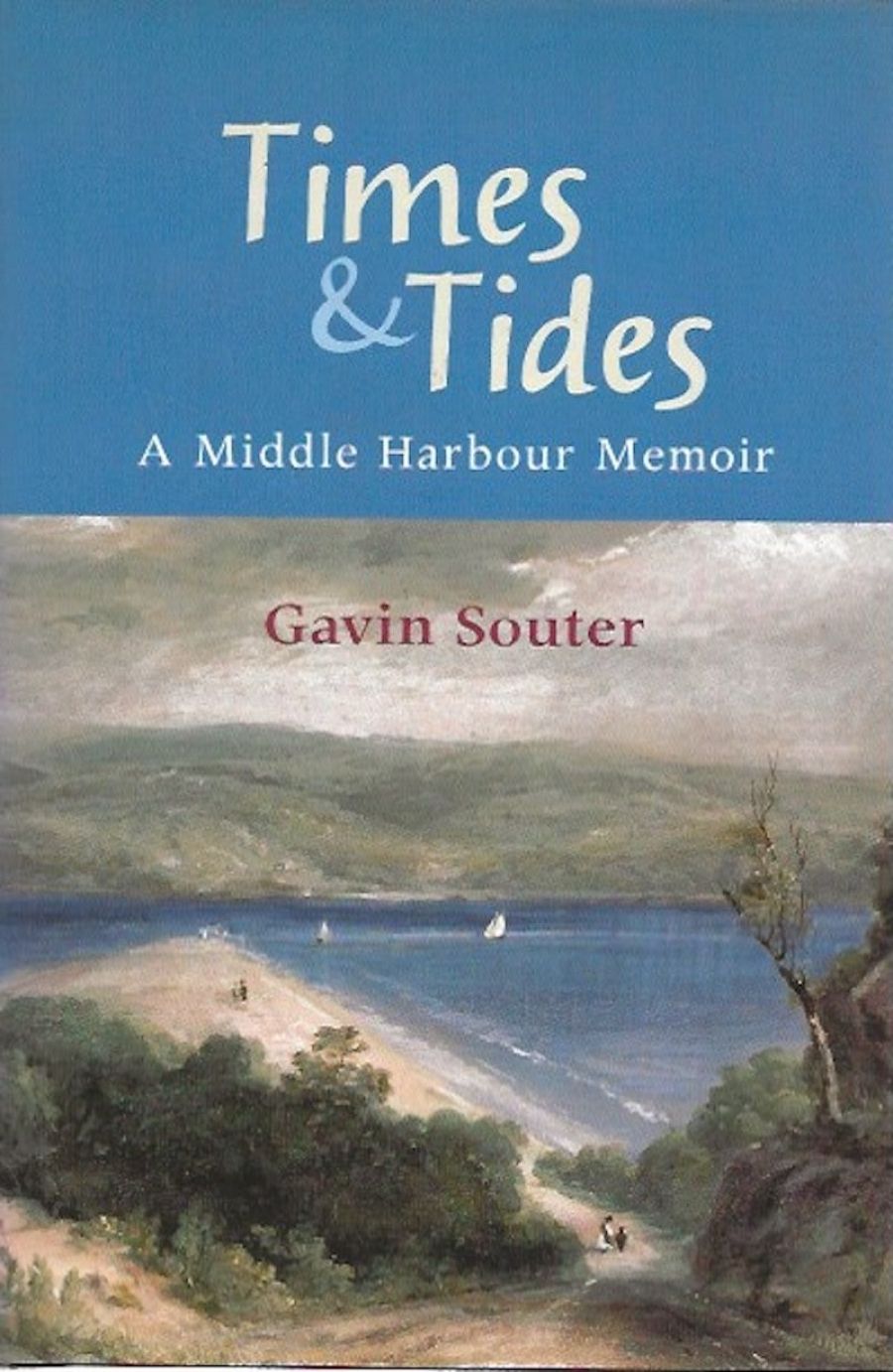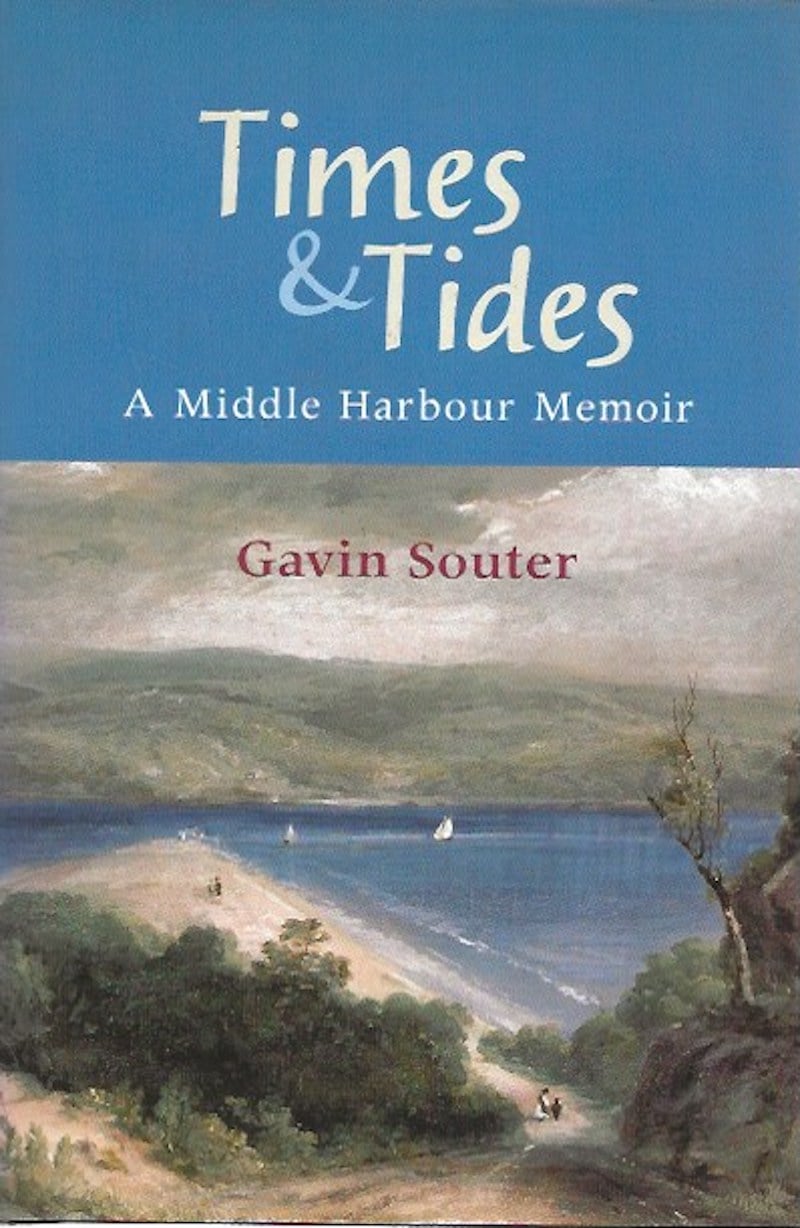
- Free Article: No
- Contents Category: Memoir
- Review Article: Yes
- Article Title: Middle Earth Writ Little
- Online Only: No
- Custom Highlight Text:
Near a little beach at Northbridge, in the heart of Sydney’s northern suburbs, the vertical rock face carries the image of a whale, about life-size, created by the original inhabitants at some indeterminate date. ‘[B]ecause of its precipitous location,’ says Gavin Souter, ‘one cannot stand far enough away to take it in all at once. Head, fins, flukes and flippers have to be viewed separately, then put together.’
- Book 1 Title: Times & Tides
- Book 1 Subtitle: A Middle Harbour memoir
- Book 1 Biblio: Simon & Schuster, $34.95hb, 288pp
- Book 1 Cover Small (400 x 600):

- Book 1 Cover (800 x 1200):

Middle Harbour lies between Port Jackson to the south and the much smaller North Harbour (including Manly Cove) to the north. All share the same gateway to the sea. Middle Harbour is a stretch of water now embraced by some very expensive real estate. But it is less spectacular and more secluded than Port Jackson, and, cut off from ocean beaches, it boasts umbrageous inlets, some of them still thick with native forest, rather than the glaring sand that is supposed to be typically Sydney.
‘If Middle Harbour were a state of mind ...’ is how the book begins. It really sounds, from page to page, as if Middle Harbour is, in fact, a state of mind, a form of contemplation. The connection that Souter draws between ideas is often very fragile, less a sequence of logic than a matter of mood. Gilbert White, the eighteenth-century naturalist, and John White, surgeon on the First Fleet, had the same surnames, and on 1 January 1788 both of them were writing books. So they share a chapter, placed side by side like two species of the same genus.
Sometimes Souter wanders, telling at length of his own journeys to Portland, Oregon, to Christmas Island and to the highlands of New Guinea. The link with Middle Harbour is tenuous. In fact, the link is himself. But in such detail the chaos of the outside world makes a frame for this central place, where real danger is minimal (though sharks make up part of the story) and where unpredictability is at least the unpredictability of home.
As you would expect from a journalist, all the description that Souter offers of the harbour comes back to people and to their varied uses of the place. The material and the primeval are contingent on the human, especially the individual human. We hear of Barney Kearns, an Irish ex-convict who managed the harbour’s first ferry service from his home at Shell Cove; of James Bray, a taxidermist who, with a collector’s passion, went to extreme lengths to catch a male sea eagle in the 1870s; of the various men and women who have lived in caves at the harbour’s edge, including one Lithuanian couple, as late as 1979; of Ethel Turner, who wrote her first novel in what was then the bush of Lindfield; of the poet Barcroft Boake, who hung himself from a tree at Long Bay; of Walter Burley Griffin and Marion Mahony Griffin, who, as architects, left their stamp on Castlecrag, where several of their houses can still be seen. Even non-human creatures have their personalities: the crow with its ‘quasi-human voice’, the currawong with its frequent reminder, ‘This is r-e-a-1’.
In a tumbling medley of information, we likewise hear of the making of salt, beginning at Middle Harbour some time before 1818; of the Echo Farm Home for Male Inebriates (Henry Lawson spent time there); of Taronga Park Zoo and its authoritarian founder, Edward Hallstrom, whose fortune came from the manufacture of Silent Knight refrigerators; of the Japanese submarine last seen in July 1942 from the back window of a house in Bay Street, Beauty Point; of the ubiquitous angophora, whose trunk was like muscle, according to Marion Griffin, pouring itself over the rocks, ‘seeming to attach itself to them by viscid masses’. Griffin, a theosophist, saw in these trees evidence of Lemuria, the continent that she said (relying on ‘spiritual science’) had preceded Australia in this part of the world.
The main trick of the historian, including the historian of place, is to catch some interconnected truth somewhere beneath the surface of the present, a reality that challenges the imagination just as Griffin’s mystic continent did. Middle Harbour, in Souter’s eye, is like that – a Middle Earth writ little. It’s a very pleasant book.


Comments powered by CComment